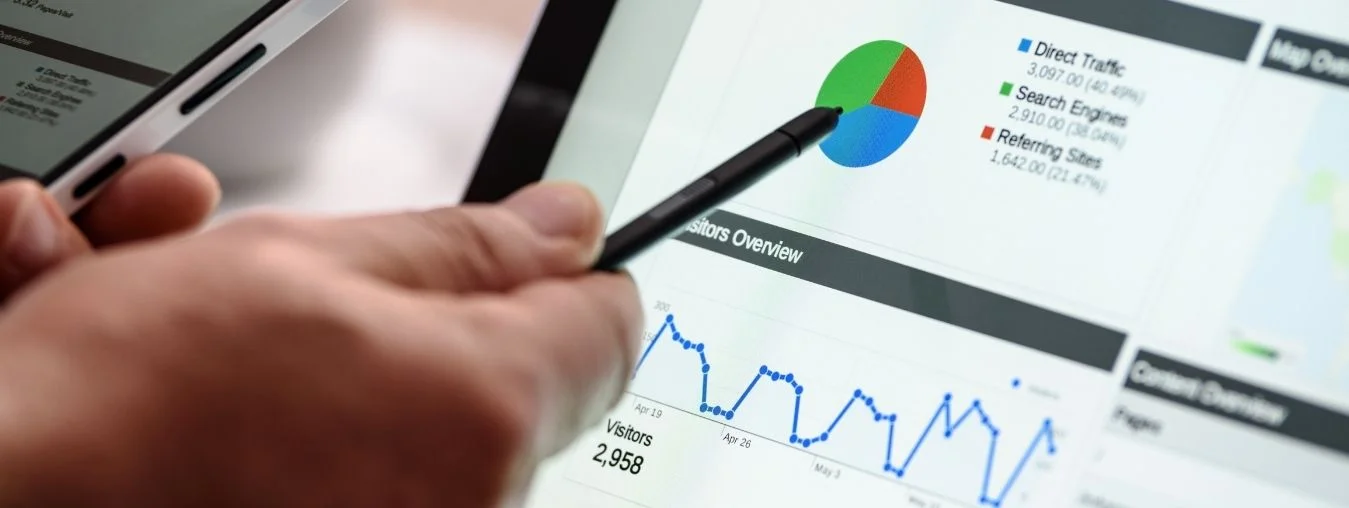
We often run advertising campaigns that we are confident will be successful, but then find it very difficult to measure the results. You may wonder, how do we know if an advertising campaign is really feasible and can generate the expected results?
The first thing you need to know is how much a customer costs you in a campaign. How do we do that? Simply divide the capital invested by the number of customers you are going to obtain. This is known as the cost per acquisition, or CPA. Unfortunately, you don’t always have this information at your fingertips when you start a campaign.
If this is your first time running a digital campaign and you don’t have the ideal metrics at your disposal, it will be difficult to forecast. That’s why, in this article, we’ll teach you how to make a forecast that is
accurate enough so that your campaign results don’t take you by surprise.

You may also be interested in learning how Inbound Marketing will help you increase your customer base.
The first thing you need to know is that in order to calculate or forecast the cost of acquisition, you need to understand how much money you need to invest to get the expected number of customers, which requires mastering several topics. For example, what are the standard conversions for a website? Depending on the type of website, you will have several types of conversion.
Now, what is a conversion? A conversion is the rate that results from dividing the number of valuable events or actions that I want to produce on my website by the number of visitors in a given period. These events can range from form registrations to online store purchases.
If we look specifically at the case of registration and forms for more information or to start a negotiation, which is very common in the Business 2 Business sector.
A landing page or capture page will generally have a conversion rate in this type of sector between 5 and 10%, unlike a landing page for the B2C sector, which focuses on end consumers, who tend to have conversion rates between 10 and 20%.
If you know this, you can apply these conversion rates to choose a midpoint of what is considered the optimal operating range and predict what the result would be depending on which sector you are targeting, whether B2C or B2B.V

Once you determine the conversion rate, I recommend that you check the natural demand for your niche market. Natural demand is the number of searches, requests, or requirements that occur on any channel. In this specific case, the digital channel.
There is a Google tool called Keyword Planner. With it, you can enter keywords related to your services and portfolio to understand what the demand will be in the coming month and the trend in the following months.
By finding out how many searches would be generated, you can estimate how many people are interested in your product, whether you approach them through Google, Facebook, or whatever channel you choose. Google’s Keyword Planner also gives you the click-through rate, technically known as CTR.
Thanks to the CTR, you can find out how many people are looking for your services, how many will be willing to click on your ads and reach your landing page to start negotiating with you.
If you have that value and you also have the value provided by Google for the investment volume that must be executed in order to reach that population, then you can know how much money to invest and how many customers you would get.
All you have to do is apply the CTR, multiply it by the number of searches, to find out how many visits you would get on your page, and if you multiply those visits by the conversion rate of your landing page, understanding that you are going to choose a value that is within the range of 5 to 10% for B2B or 10 to 20% for B2C, you will then be able to predict how many potential customers you could have.

From there, calculating the CPA is a breeze. You already have the cost per lead, which would be dividing the investment suggested by Google by the number of leads you would have.
From there, getting the CPA is simple. You must estimate the sales conversion, which is purely a commercial issue and has to do with the relationship between the number of prospects or people interested in your services or product and the number you usually convert into customers.
Once you have this figure, 1 in 5 or 1 in 10, convert it into a percentage, which in this specific case would be 20% or 10%, and multiply it by the number of leads. This will give you a forecast of the number of customers you will get.
For example, if you got 20 leads and you apply a conversion rate of 20%, that is, if you close 1 out of every 5 sales opportunities, we are talking about you getting 4 customers.
Now I can calculate my CPA. What do I have to do? I have to divide the total investment of my advertising campaign by the number of customers, and that gives me what has been spent to get a customer.
The entire process has been completely theoretical and would be based on Google’s forecasts using a database that represents a historical record spanning more than 20 years.
In other words, you are not making naive calculations or assumptions; you are basing your calculations on the historical behavior of all visitors to a tool that is the most visited in the Western world.
If you found the information in this article useful, share it so that others with similar concerns can find solutions to their business needs.